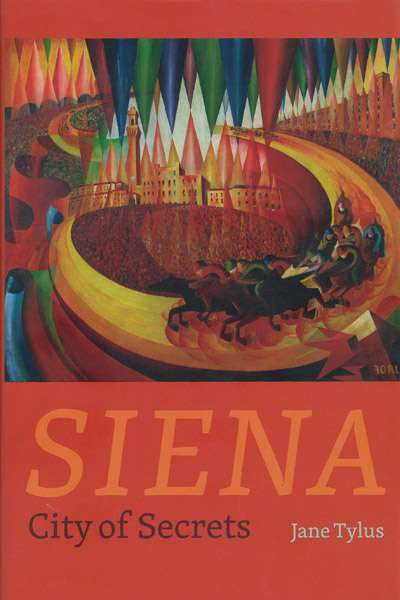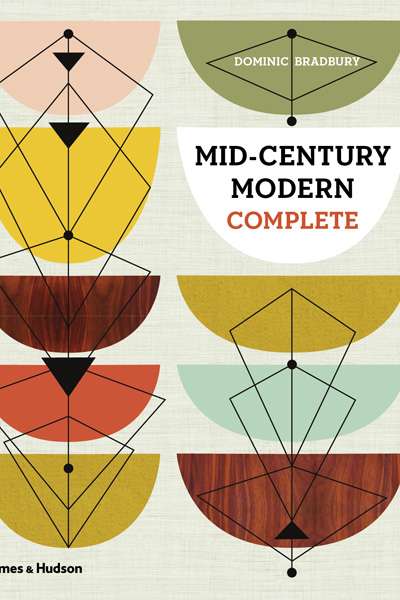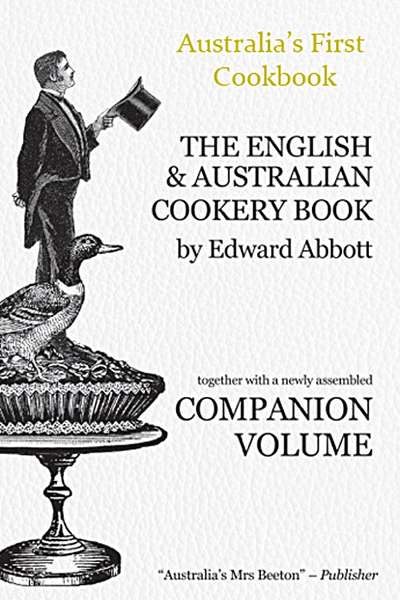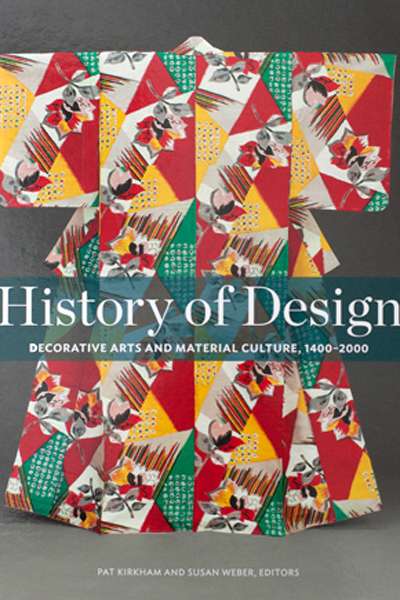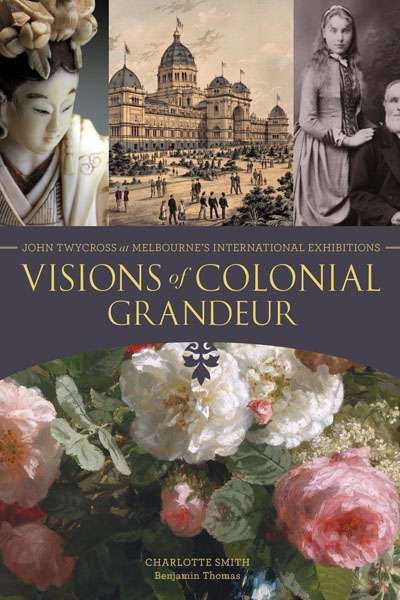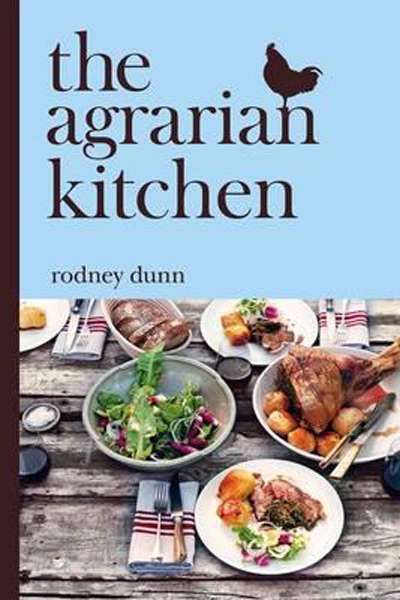Christopher Menz

Christopher Menz is a former Director of the Art Gallery of South Australia. He has published on the design work of William Morris and Edward Burne-Jones, and is a regular contributor to ABR.
Visitors to Siena are told about two major historical catastrophes that determined the future of the city: the Black Death in 1348 and the final capitulation to Florence in 1555. Such events manifest themselves respectively in the spectacularly incomplete Duomo and in the marked reduction of buildings and art created after the sixteenth century, when the city’s fortunes declined under submission ... (read more)
The reconstruction of the built environment that followed World War II was central to the development of international design in the third quarter of the twentieth century. This is the background and context for Mid-Century Modern Complete, a large volume which covers design and architecture (mostly European and North American) from the 1940s to the early 1970s. As Dominic Bradbury notes in the in ... (read more)
Nowadays, with relentless advertising and a seemingly endless number of choices to confuse our every purchase, often only a click away from gratification, it might be tempting to imagine a time when things were simplerand retailing less pressured and more genteel. However, one would have to go a long way back in time to find an Australia without shops; indeed, to before 1790, when Sydney’s first ... (read more)
Given the deluge of cookery books and unrelenting television programs, it is hard to imagine a time when there wasn’t a single Australian cookery book. This year marks the sesquicentenary of the first: The English and Australian Cookery Book, a volume published anonymously in London, and compiled by ‘An Australian Aristologist’, Edward Abbott. Abbott (1801–69) was born in Sydney and by 181 ... (read more)
The Bard Graduate Center, long known for its ground-breaking studies in the decorative arts, has taken the ambitious leap of presenting a comprehensive history of decorative arts and design from 1400 to 2000, covering Asia, the Islamic world, Africa, Europe, and the Americas. (Coverage of Australia and Oceania is planned for future editions.) At over 700 pages, this is a most impressive achievemen ... (read more)
Not many substantial private collections of art and decorative arts in Australia have remained intact from the nineteenth century. John Twycross (1819–89) was one of Melbourne’s early art collectors, and his collection has proved to be an exception. Twycross, lured there by the gold rush, made his money as a merchant in Melbourne in the middle of the nineteenth century. He began collecting art ... (read more)
The Australian sweet tooth and ongoing love of cakes and desserts is evident in two recent publications. Both cover the basics as well as offering more ambitious fare; they are good places to start if this is your thing.
Phillippa Grogan’s eponymous pâtisserie in Melbourne, established in 1994, offers the type of baked goods presented in this publication: breads, cakes and biscuits, quiches an ... (read more)
The last time the National Gallery of Victoria devoted an exhibition to furniture was in 1988 (Featherston Chairs), and only the most dedicated design aficionados will remember the gallery’s most recent group show of furniture design: One Hundred Chairs, back in 1974. Mid-Century Modern, broad in its ambition, covers Australian furniture design in the thirty-year immediate postwar period. It for ... (read more)
Christopher Menz reviews 'The Agrarian Kitchen' by Rodney Dunn and 'New Classics' by Philippa Sibley
Two quite different books from two very different chefs illustrate some major trends in cookery writing and publishing in Australia. One is by a city chef who runs a restaurant, and the other by a country chef who runs a cookery school.
... (read more)

